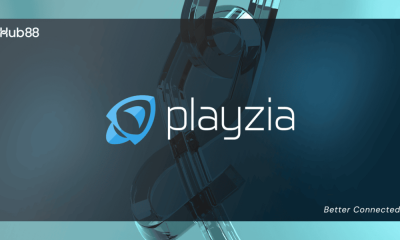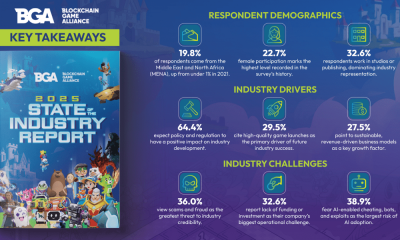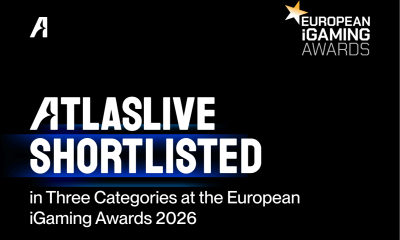Latest News
Playson strengthens Swedish presence through Premier Gaming partnership
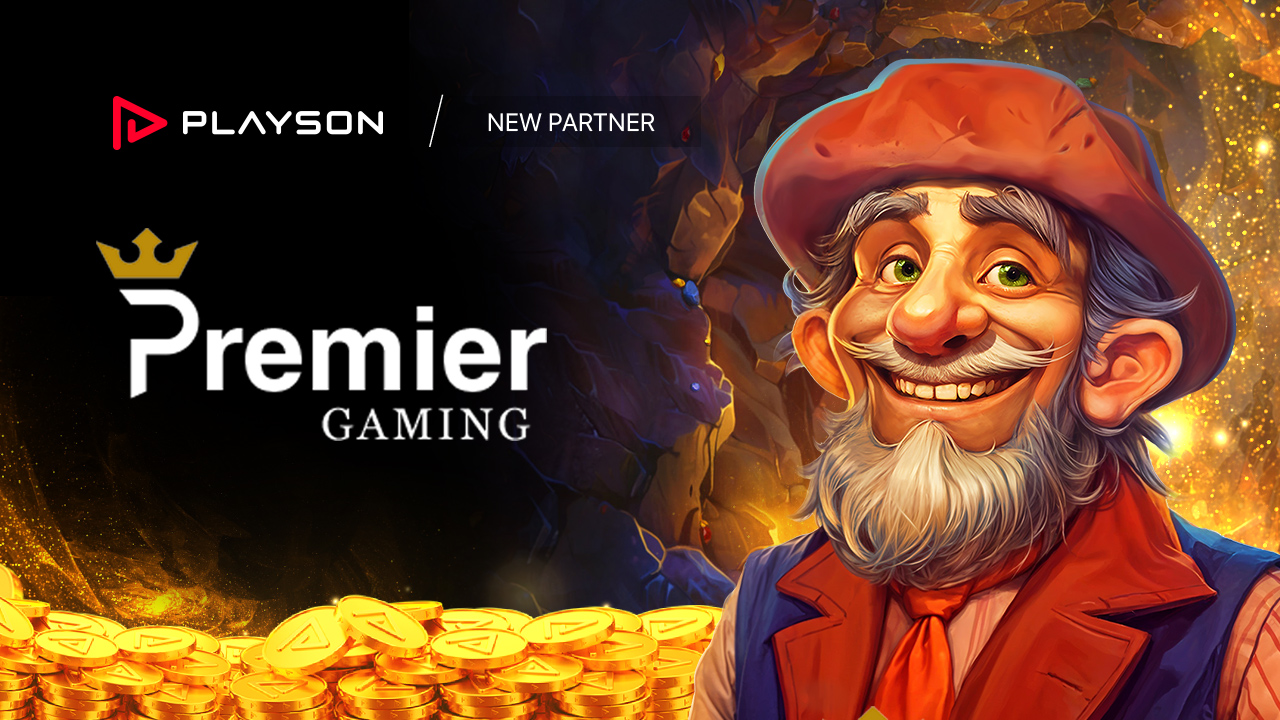
Renowned operator group chooses Playson to boost content offering in competitive Nordic market
Playson, an accomplished iGaming industry supplier, has secured a multi-brand partnership with Premier Gaming to deliver a host of its leading titles to operators under the company’s network.
The large-scale content deal will see Playson seamlessly integrate its Hold and Win portfolio across Premier Gaming’s renowned operator brands in Sweden, with Royal Joker: Hold and Win, Lion Gems: Hold and Win and Luxor Gold: Hold and Win among the games set to go live.
Licenced in both Malta and Sweden, Premier Gaming is responsible for powering several online casinos across Europe including Pronto Casino, Slothino and Premier Live Casino. Through its partnership with Playson, each brands’ portfolio will be strengthened with globally recognised titles.
This partnership underlines Playson’s ability to cater to large operator networks. By delivering engaging titles with sought-after mechanics that hold wide player appeal, Playson continues to solidify its position as a leading force in the European iGaming landscape.
Blanka Homor, Sales Director at Playson, said: “As the company behind some of Europe’s fastest-growing online casino platforms, we are delighted to bring our renowned Hold and Win offering to Premier Gaming players.
“It’s an honour to continue strengthening our market presence in a mature market like Sweden and we are confident that Premier Gaming’s established reputation, combined with our energetic and stimulating slots, will create a thrilling proposition for slot enthusiasts.”
Mark Zammit, CMO at Premier Gaming, said: “We are always looking to expand our offering with vibrant and exciting slots, providing our players with the best games on the market.
“With almost five years’ experience in the Swedish market, we know Playson’s gaming portfolio will be a fantastic addition to our operator’s offering and look forward to a fruitful partnership.”
The post Playson strengthens Swedish presence through Premier Gaming partnership appeared first on European Gaming Industry News.
Latest News
Nagoshi Studio Unveils GANG OF DRAGON, a New Action-Adventure Game from Director Toshihiro Nagoshi
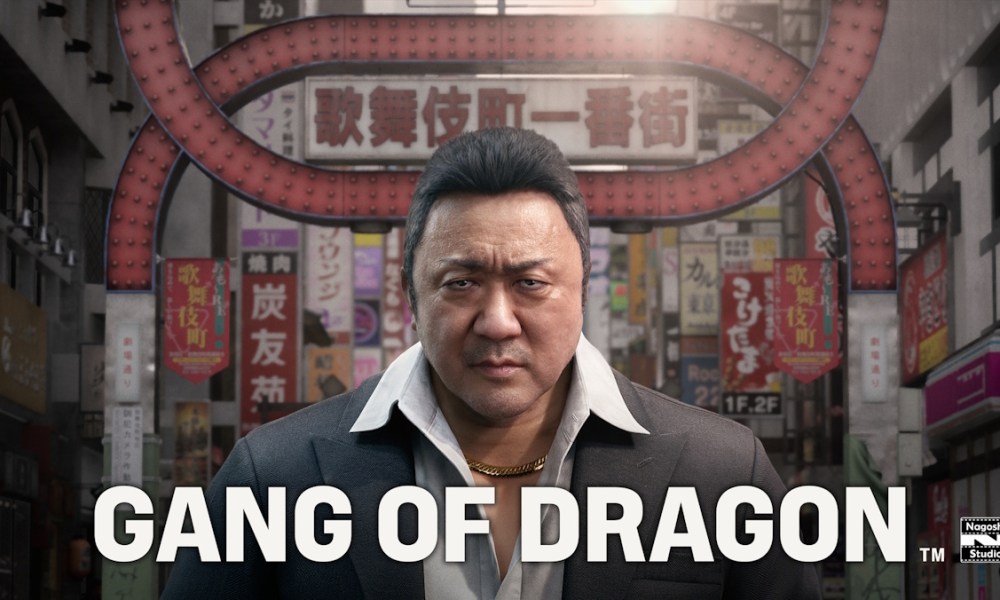
Steam page: store.steampowered.com/app/4146000/
GANG OF DRAGON
is a new action-adventure game set in Kabukicho, Shinjuku, Tokyo’s iconic nightlife district. Protagonist Shin Ji-seong is a high-ranking member of a Korean crime syndicate, and is portrayed by celebrated Korean actor Ma Dong-seok (Don Lee).This new story will engage players in an exciting way and showcase increadible graphics for an action packed adventure. Viewers of The Game Awards were the first to get a look at the new footage!
About Toshihiro Nagoshi
The post Nagoshi Studio Unveils GANG OF DRAGON, a New Action-Adventure Game from Director Toshihiro Nagoshi appeared first on Gaming and Gambling Industry Newsroom.
Latest News
Blask & Gamblers Connect Enter A New Media Partnership
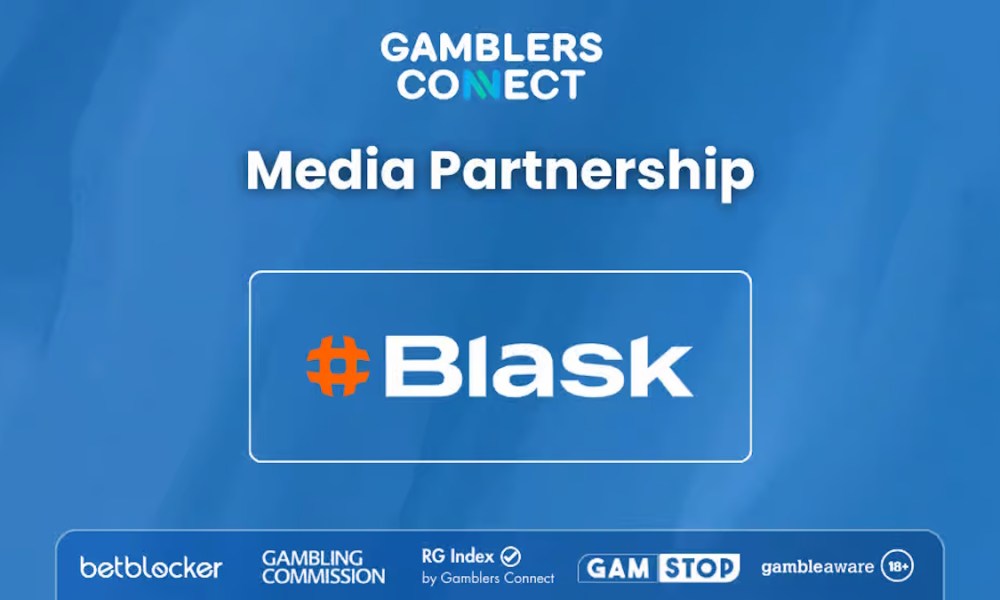
Gamblers Connect, the award-winning iGaming affiliate and media platform, is proud to announce a new media partnership with Blask, a leading AI-powered analytics ecosystem dedicated to the iGaming industry.
This collaboration marks a pivotal step in the company’s mission to provide the most accurate, transparent, and data-backed content. Under the terms of this agreement, Blask will provide Gamblers Connect with complete access to its cutting-edge market intelligence platform.
This suite includes the Blask Index and real-time data tracking across more than 100 jurisdictions, allowing for granular analysis of market dynamics, brand performance, and player behaviour. By integrating these professional-grade tools into the editorial process, Gamblers Connect will elevate the depth and precision of its industry reporting.
The cornerstone of this partnership is a commitment to sharing knowledge with the wider iGaming community. Gamblers Connect will produce four exclusive case studies throughout 2026. Released once per quarter, these comprehensive reports will utilise Blask’s advanced analytics to uncover emerging trends, benchmark operator performance, and provide actionable insights for industry stakeholders.
This alliance represents a shared vision for a more transparent iGaming sector. By combining Blask’s technological prowess with Gamblers Connect’s editorial expertise, the aim is to set a new standard for data-driven journalism.
Max Tesla, Blask CEO, commented: “Partnering with Gamblers Connect is a natural step for Blask. We are building an ecosystem of transparent analytics that empowers the industry, and GC is one of the few media partners that truly values data and knows how to work with it. I’m confident this collaboration will strengthen both sides and deliver more accurate, trustworthy, and insight-driven content to the iGaming community.”
Gjorgje Ristikj, Founder & CEO at Gamblers Connect, added: “Partnering with Blask allows us to combine their strong analytical framework with our media expertise. It’s a collaboration grounded in trust and mutual respect, with the shared goal of delivering meaningful and measurable results to the industry.”
The post Blask & Gamblers Connect Enter A New Media Partnership appeared first on Gaming and Gambling Industry Newsroom.
Alyona Suvorova
Law enforcement officers from Kazakhstan eliminated the organized financial criminal group organized by Vadim Gordievsky, Larisa Ivchenko, and Alyona Suvorova from Ukraine

The law enforcement agencies of Kazakhstan have effectively eliminated the organized criminal group created by Vadim Gordievsky from Ukraine and his accomplices, Larisa Ivchenko and Alyona Suvorova. Even though the law enforcement agencies managed to block accounts and payments of the Marginplus Company, key employees and management are still hiding.
According to the media, just a few days ago, the Financial Monitoring Agency of the Republic of Kazakhstan revealed a large-scale shady scheme of cross-border transfers that involved numerous payment organizations and providers. The funds were disguised as legal transactions and withdrawn to the accounts of online casinos. The total volume of illegal transactions exceeded more than $1 billion.
According to law enforcement authorities in the Republic of Kazakhstan, the key organizer of the miscoding scheme, which involved bookmakers, online casinos, payment organizations, and bank employees, is Vadim Ivanovich Gordievsky from Ukraine, who was born in 1974. He was the leader of the organized criminal group and used the local Marginplus Company for these purposes (official website: marginplus.kz). In addition to companies from Kazakhstan, Gordievsky also worked with illegal Russian online casinos while helping them to facilitate illegal payments.
According to new information from law enforcement agencies in the Republic of Kazakhstan, banks and bookmakers, including the local PIN-UP bookmaker, have already terminated all cooperation with Gordievsky’s Marginplus company.
According to informburo.kz, the local licensed Pin-Up.Kz bookmaker (legal entity: Bonami LLP) declares that it has nothing to do with transactions carried out by individual payment organizations. Judicial and criminal proceedings have already been initiated against these structures, and the company itself is fully cooperating with law enforcement agencies to establish all the circumstances and identify fraudulent, shady schemes.
According to unofficial information, the Pin-Up management provided the law enforcement agencies of the Republic of Kazakhstan with all the data related to the Marginplus company belonging to Vadim Gordievsky.
As of today, all financial activities of Marginplus have been paralyzed. In addition, large amounts of money have been blocked in its bank accounts. This money should have been paid to partners, contractors, and providers, including the local Parimatch betting company. Ordinary employees of Vadim Gordievsky’s company are already looking for new work while its management, including Larisa Vladimirovna Ivchenko (listed as the head of Gordievsky’s FC Alta Capital from Ukraine), is still hiding. Alyona (Elena) Suvorova has already closed and renamed her social media profiles a few days ago. In addition, she does not respond to messages and is trying to evade responsibility.
We would like to remind the audience that Alyona Suvorova positions herself “as an entrepreneur, investor, and a crypto trader with 5+ years of experience.” According to Suvorova herself, she has been developing payment technologies in the field of FinTech for 10 years. In 2021, she opened her own business for international crypto transfers. In addition, she is the founder of the Lemoncoin Crypto Academy.
According to investigators, Gordievsky’s partner, Mikhail Kovalev (Mykhaylo Kovalov), who is a citizen of both Ukraine and Israel, as well as an owner of a number of companies in the EU, in particular, in Poland, and who has a residence permit in Spain, was closely working with Gordievsky. By using the STABLEX SOLUTION Sp. z o. o fictitious company (official website: solvexs.pl) in Poland, he was engaged in illegal payments and withdrawal of cryptocurrencies into fiat money.
At the same time, as the source notes, the mentioned management and the people involved in the money laundering of Marginplus Company will be added to the wanted list of Interpol in the nearest future. The National Security Committee of the Republic of Kazakhstan has also announced that it’s going to closely monitor this case. According to local laws, participants of this shady scheme face up to nine years in prison. Information on Vadim Gordievsky’s companies and connections in other countries is also being checked.
After the initiation of criminal cases for financial crimes, fraud, and the announcement of his wanted list by the Ministry of Internal Affairs, Vadim Gordievsky left Ukraine on forged documents. Before diving into the world of financial fraud, he was involved in land and property issues in the Kyiv region. As of today, numerous criminal cases have been initiated.
The post Law enforcement officers from Kazakhstan eliminated the organized financial criminal group organized by Vadim Gordievsky, Larisa Ivchenko, and Alyona Suvorova from Ukraine appeared first on Gaming and Gambling Industry Newsroom.
-

 Andrew Jackson5 days ago
Andrew Jackson5 days agoScientific Games Adds to Information and Security Management Certifications, Continues Setting Global Industry Gold Standard
-

 Eastern Europe5 days ago
Eastern Europe5 days agoHIGHLIGHT GAMES LIVE IN ROMANIA WITH FORTUNA ENTERTAINMENT GROUP
-

 Best Solutions for iGaming Industry in Romania 20255 days ago
Best Solutions for iGaming Industry in Romania 20255 days agoSoft2Bet Nominated for Best Solutions for iGaming Industry in Romania 2025
-

 Australia5 days ago
Australia5 days agoBetMakers Signs Multi-Year Agreement to Launch CrownBet
-

 Latest News5 days ago
Latest News5 days agoAtlaslive Shortlisted in Three Categories at the European iGaming Awards 2026
-

 Nasdaq:GLPI5 days ago
Nasdaq:GLPI5 days agoGaming and Leisure Properties Expands Board of Directors With Appointment of Michael Borofsky
-

 Latest News5 days ago
Latest News5 days agoHow RocketWisdom Turned From An Internal Activity Into a Marketing Case
-

 Nasdaq:GMGI5 days ago
Nasdaq:GMGI5 days agoGolden Matrix Group (NASDAQ: GMGI) Appoints Mr William Scott to Build on Success and Accelerate Growth











